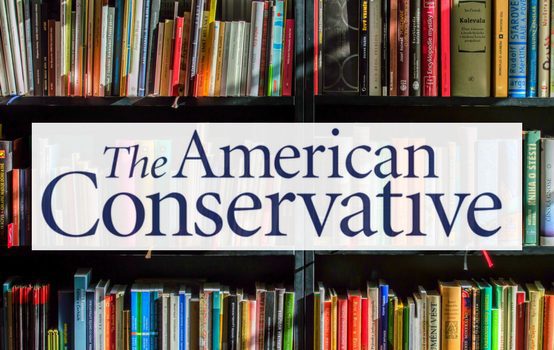TAC Bookshelf: When Rail Crisscrossed Our Nation’s Capital

Addison Del Mastro, assistant editor: Images of Rail: Washington & Old Dominion Railroad Revisited, by David A. Guillaudeu and Paul E. McCray, is actually the second of a set of two (hence the “revisited”) that I just acquired, but the first one was nearly 25 percent cheaper on Amazon, so I gave in. This one, however, I purchased at Barnes & Noble, in a newer location at Ashburn, Virginia’s One Loudoun development, a “New Urbanist downtown,” or outdoor shopping mall, or perhaps both.
The publisher, Arcadia, has thousands of books on little bits of local history all around America. I found this entry in Barnes & Noble’s Virginia section, which itself is pretty cool. But anyway…
Images of Rail concerns what was at one time the major regional rail system, most of which is now the W&OD Trail and which mostly ran parallel to Virginia’s Route 7, now a typical suburban commercial corridor. It was possible to ride or transport goods from Alexandria or D.C. to Leesburg, Bluemont, or Great Falls, all of which now require driving or at best a bus trip. Towards the tail end of the rail system’s operations, in the 1930s and 1940s, it was electrified and began to serve as a trolley system—that is to say, a much vaster, though perhaps more complicated, public transit system for the D.C. metro area than what we have today. It is difficult to understand why we allowed such a system to be destroyed and only partially rebuilt decades later at presumably many times the cost. The ease with which railroads could lay track, before even rural and exurban land had risen in value and been endlessly subdivided, is astounding.
The book itself is mostly pictures with extended captions, however, and does not editorialize. Some will find these books an overpriced collection of public domain materials; many of the pictures, or similar ones, are available through various free archives. But there is great value in a curated collection of information by these two rail enthusiasts. These books are a reminder that a quick Google search is not always sufficient to uncover genuine historical material. They are also a rare ode to localism and are rather like picture books for adults. I don’t think there’s anything wrong with that.